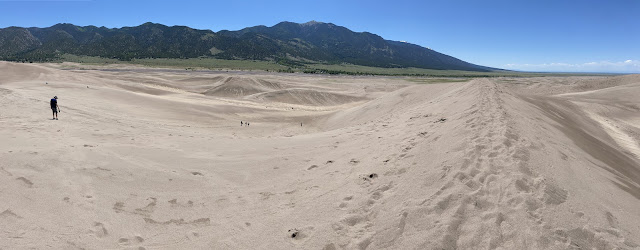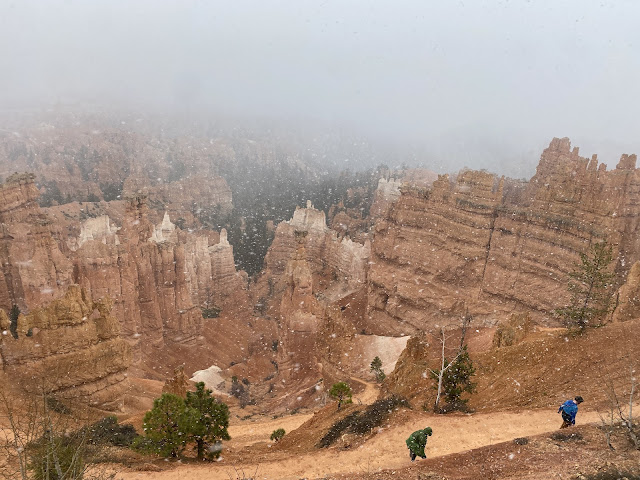 Working small means I can start and finish a project in an afternoon. The smaller commitment, the more I'm more likely to pick up my pencils and brushes; and the more times I draw and paint, the faster I can grow. Painting is one thing you can learn how to do before spending the rest of your life learning how to do it better. And as an art teacher who wants to not just talk the talk, but walk the walk, I hope my students can understand the power of life long learning.
Working small means I can start and finish a project in an afternoon. The smaller commitment, the more I'm more likely to pick up my pencils and brushes; and the more times I draw and paint, the faster I can grow. Painting is one thing you can learn how to do before spending the rest of your life learning how to do it better. And as an art teacher who wants to not just talk the talk, but walk the walk, I hope my students can understand the power of life long learning.Saturday, July 20, 2024
Summer Watercolors
 Working small means I can start and finish a project in an afternoon. The smaller commitment, the more I'm more likely to pick up my pencils and brushes; and the more times I draw and paint, the faster I can grow. Painting is one thing you can learn how to do before spending the rest of your life learning how to do it better. And as an art teacher who wants to not just talk the talk, but walk the walk, I hope my students can understand the power of life long learning.
Working small means I can start and finish a project in an afternoon. The smaller commitment, the more I'm more likely to pick up my pencils and brushes; and the more times I draw and paint, the faster I can grow. Painting is one thing you can learn how to do before spending the rest of your life learning how to do it better. And as an art teacher who wants to not just talk the talk, but walk the walk, I hope my students can understand the power of life long learning.Friday, July 19, 2024
America the Beautiful: Roadtrip of Landscapes
Ramona Read Alouds for Art Class
I've always agreed with the idea that literacy should be integrated into every subject area, which is why I use vocabulary, written assignments and articles as part of our units in Art class. But this is the first year that I've just used non-fiction for the pure joy of literature as a perk of being an art student.
First, let's please acknowledge that Beverly Cleary is a genius. She bridges generations and understands how to create relatable characters. I read the first chapter of Ramona the Pest on the first day of school, just because I knew we'd have time after going over the syllabus and the sharing of summer memories, but also because it tells the story of a child's first day of kindergarten and the newness of it all. I expected to take the book back to the library the next day, but the students loved it so much that I found it to be the perfect sponge activity, to absorb the last five minutes of class, after cleaning up and before the bell. In fact, students were motivated to work more efficiently to get a little story time in. And when artwork could be made independently, I would read while they worked. This was such a relaxing and enjoyable activity for students: laughing out loud a the antics of a fictional little girl, while doing under-paintings or glazing ceramic pieces.
"Leave your worries at the door" is my attitude. "This class period is your spa portion of the day." And more than once students have told me as they were leaving class that it felt like an hour therapy. For classes that can't keep the drama out of my classroom with their endless bickering or malicious gossip, I found reading to them was my ticket to sanity. It was the only way to keep the garbage out of my room.
Throughout the year, we made our way through more than 1,000 pages between the five or six Ramona books in each of my 5 daily class periods that I would read. When I'd suggest a more age appropriate book for my high school students, the majority insisted at staying with the series. They wanted to know what happened next. With the humanities taking a back seat, it's important to remember how to be human, how to walk around in other people shoes, even fictional eight year old's shoes.
The Learning Tree: Large Wooden Sculpture





























